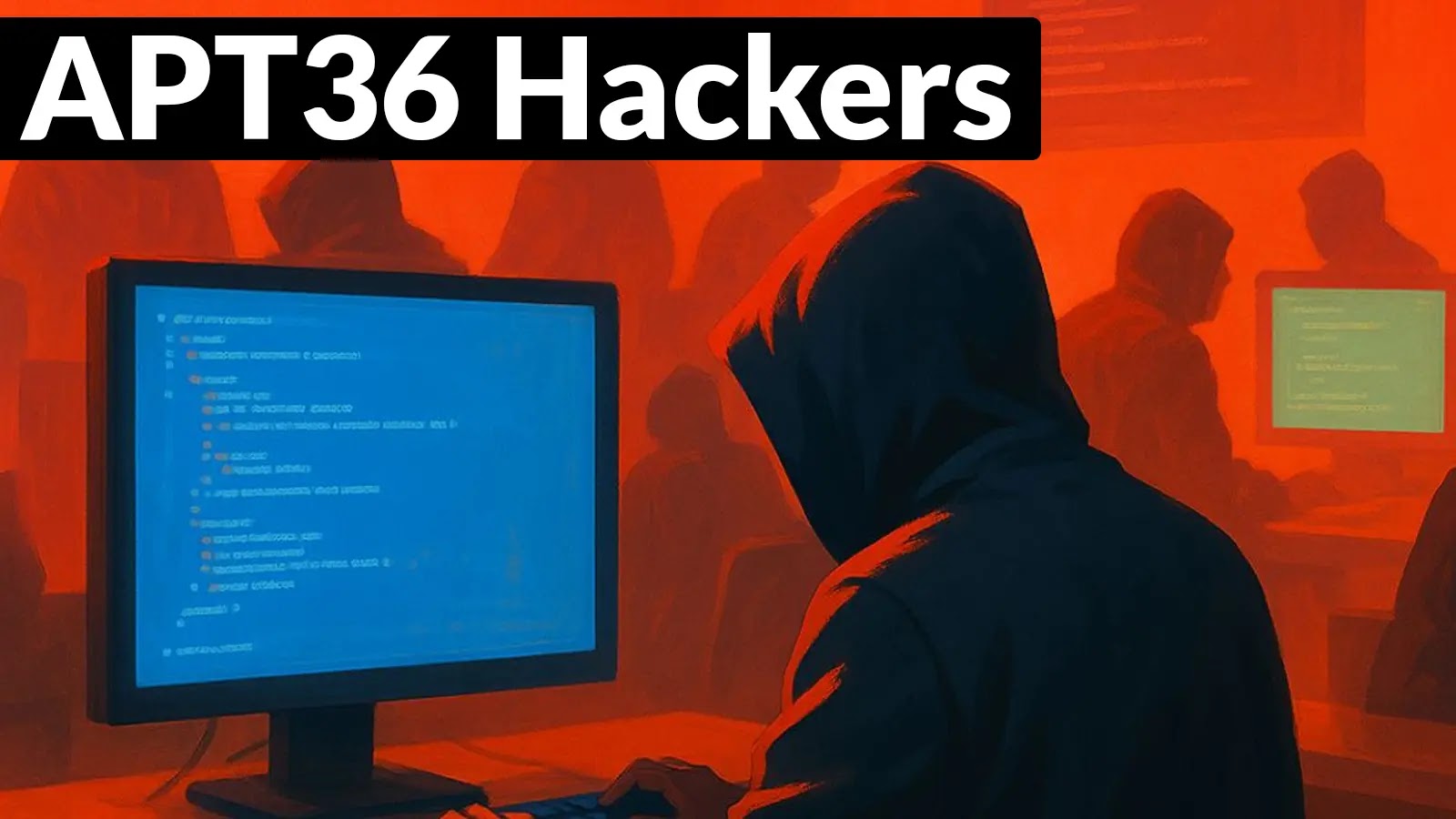
APT36 Hackers Attacking Indian BOSS Linux Systems With Weaponized .desktop Shortcut Files
Unmasking APT36: Weaponized .desktop Files Target Indian BOSS Linux Systems
The digital defense perimeter of India faces a sophisticated new threat. In early August 2025, cybersecurity researchers unearthed a concerning campaign meticulously designed to compromise BOSS Linux installations across the nation. This campaign, attributed to the persistent threat actor APT36, leverages an ingenious and often overlooked attack vector: weaponized .desktop shortcut files. These seemingly innocuous files, intrinsic to Linux desktop environments, are being cleverly disguised as harmless PDF documents to deliver and execute malicious payloads. Understanding the intricacies of this attack, from initial access to payload delivery, is crucial for bolstering cybersecurity defenses within India’s critical infrastructure and government sectors.
APT36’s Modus Operandi: Spear-Phishing and Deceptive Shortcuts
The initial phase of this APT36 campaign hinges on highly targeted spear-phishing emails. These emails are crafted to appear legitimate, often containing a ZIP archive named “Meeting_Notice_Ltr_ID1543ops.pdf_.zip”. This file naming convention is a deliberate deception, designed to mislead recipients into believing they are opening a standard PDF document.
Upon extraction, the ZIP archive reveals the true nature of the threat: a maliciously crafted .desktop file. Linux desktop environments use .desktop files to launch applications, open documents, or execute scripts. APT36 exploits this legitimate functionality by embedding malicious commands within these files. When a user double-clicks this “PDF,” the system doesn’t open a document; instead, it executes the embedded malicious script, initiating the infection chain.
The .desktop File Vulnerability: A Deceptive Gateway
The core of this attack vector lies in the nature of .desktop files. While not a vulnerability in the traditional sense like a buffer overflow, the deceptive execution of these files represents a critical bypass of user expectation and security awareness. Users typically associate specific file extensions with particular actions (e.g., .pdf with Adobe Reader, .docx with LibreOffice Writer). The .desktop file format, however, allows for arbitrary command execution when double-clicked, often with minimal user prompts, especially if the file’s permissions are already set to executable or the user unwittingly allows execution.
This particular tactic avoids common exploit mitigation techniques aimed at memory corruption vulnerabilities (e.g., ASLR, DEP) because it relies on the legitimate functionality of the operating system combined with social engineering.
Impact on Indian BOSS Linux Systems
The targeting of BOSS Linux systems is particularly strategic. BOSS (Bharat Operating System Solutions) Linux is a national operating system developed in India, primarily used by government agencies, educational institutions, and public sector organizations. A successful compromise of these systems could lead to:
- Data Exfiltration: Sensitive government, institutional, or personal data could be stolen.
- Espionage: APT36, known for its state-sponsored activities, could establish long-term access for intelligence gathering.
- System Disruption: Malware could be deployed to disrupt critical services or infrastructure.
- Further Network Penetration: Compromised BOSS Linux systems could serve as launchpads for lateral movement within internal networks.
Remediation Actions and Protective Measures
Defending against sophisticated attacks like those perpetrated by APT36 requires a multi-layered approach focusing on prevention, detection, and response. For organizations utilizing BOSS Linux, immediate action is paramount.
Technical Controls:
- Email Security Gateway: Implement and configure robust email security solutions to filter out suspicious attachments, especially ZIP files containing executable or script-like files (e.g.,
.desktop,.sh). - Endpoint Detection and Response (EDR): Utilize EDR solutions capable of monitoring file execution, process creation, and network connections on Linux endpoints. These tools can identify anomalous behavior indicative of compromise.
- Application Whitelisting: Consider implementing application whitelisting policies that only allow execution of authorized applications and scripts. This can prevent malicious
.desktopfiles from executing arbitrary commands. - File Type Association Review: Periodically review and harden file type associations in your Linux environment to ensure that executable file types are handled with appropriate security prompts or restrictions.
- Network Segmentation: Implement strong network segmentation to limit the lateral movement of attackers in case an initial compromise occurs.
User Awareness and Training:
- Phishing Awareness Training: Conduct regular and comprehensive training for all employees on identifying and reporting spear-phishing attempts. Emphasize caution with unexpected attachments, even if they appear legitimate.
- File Extension Awareness: Educate users about the dangers of disguised file extensions and the true nature of
.desktopfiles. Teach them to verify the true file type, especially for files downloaded from external sources or received via email.
Incident Response Preparedness:
- Develop an Incident Response Plan: Have a well-defined and regularly tested incident response plan specifically for Linux environments.
- Regular Backups: Maintain regular, off-site backups of critical data and system configurations to facilitate recovery.
Relevant Tools for Detection and Mitigation
| Tool Name | Purpose | Link |
|---|---|---|
| ClamAV | Open-source antivirus engine for detecting trojans, viruses, malware, etc., including on Linux. | https://www.clamav.net/ |
| OSSEC HIDS | Host-based Intrusion Detection System that monitors logs, file integrity, and process activity for anomalies. | https://www.ossec.net/ |
| Wazuh | Free and open source security platform with XDR capabilities, including SIEM, EDR, and HIDS functions. | https://wazuh.com/ |
| YARA Rules | Pattern matching tool used by malware researchers to identify and classify malware samples. Custom rules can be written for new threats. | https://yara.readthedocs.io/en/stable/ |
| Malwarebytes for Linux | Commercial endpoint protection for Linux servers, offering real-time protection and remediation. | https://www.malwarebytes.com/business/endpoint-detection-response/linux-servers |
Key Takeaways
The APT36 campaign targeting Indian BOSS Linux systems underscores the evolving sophistication of cyber threats. Adversaries are continuously seeking new ways to bypass traditional security controls, often by exploiting user trust and overlooked system functionalities. The weaponization of .desktop files exemplifies this trend, turning a common utility into a potent delivery mechanism for malicious payloads.
Effective defense against such threats requires a proactive and adaptive security posture. This includes rigorous email security, robust endpoint protection, comprehensive user training, and a well-rehearsed incident response plan. By understanding the threat landscape and implementing these critical measures, organizations can significantly enhance their resilience against advanced persistent threats like APT36, safeguarding their data and operational integrity.





